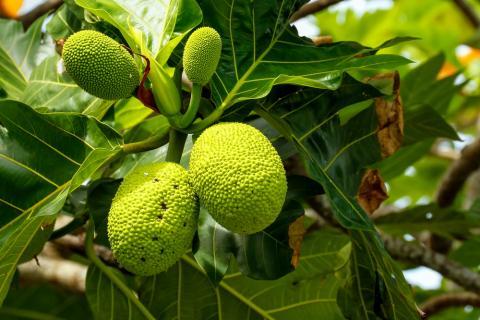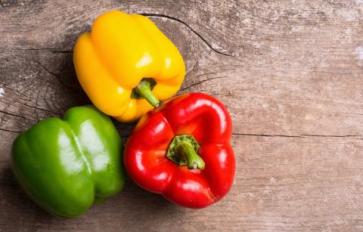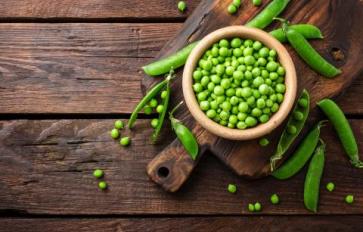
Breadfruit is in the family Moraceae, commonly known as the Mulberry family, in two genuses, Artocarpus J.R. Forst & G. Forst, which contains the species Artocarpus altilis (Parkinson) Fosberg and the genus Treculia Decne. ex Trec. or treculia P with the species Treculia africana Decne. ex Trec. also known as the African breadfruit P. The plant has a rich history and is said to have originated in New Guinea and the Indo-Malay region of the Pacific Ocean before spreading throughout the Pacific islands by voyaging islanders. For thousands of years, breadfruit has been a staple food for the Polynesians, who utilize the entire tree: eating the fruit; using the wood for the construction of houses and canoes; making the inner bark into cloth; making the leaves into sandpaper, cooking containers, and plates; and using crushed leaves medicinally. The European explorers discovered the tree in the 16th century and found its fruit to resemble freshly baked bread when roasted. In 1769, Captain Cook, realizing the commercial value of the plant, suggested transporting the young trees from Tahiti to the Caribbean islands and on April 28, 1789, breadfruit was written in world history when the crew of HMS Bounty mutinied—its cargo was breadfruit.
There are hundreds of varieties of breadfruit trees that produce fruit that can range in color from dark green to lavender and can range in size from that of a watermelon to as small as an apple. The leaves of the tree can be long and slender with deep curved lobes while other varieties grow wide, round leaves. The seeds are either round or oblong and are irregularly compressed and can have a pale to dark brown seed coat. The fruit is as varied as the trees that produce them regarding flavor, texture, and nutrients, and both fruit and the seeds are edible. The shape of breadfruit is usually round but can be oval or oblong with skin texture that can either be smooth, rough, or spiny, and matures to a green-yellow hue in most varieties. The flesh is creamy with a white to pale yellow hue and is a starchy staple maturing in fifteen to twenty weeks. Its flavor tends to be sweet with a custard aroma. The breadfruit tree can be planted in containers or as an interesting addition to a large backyard, much like other tropical fruit trees.
Healthy Facts About Breadfruit
1. Breadfruit is packed with nutrients that include vitamins, minerals, and other beneficial substances. The fruit is rich in vitamin C and several B-complex vitamins with substantial amounts of vitamins A, E, and K. Breadfruit contains potassium, iron, calcium, zinc, selenium, manganese, sodium, and copper. It has a high fiber content and contains bioflavonoids and antioxidants.
2. To reduce the risk of developing type 2 diabetes mellitus, breadfruit effectively controls blood sugar levels and eliminates peaks and ebbs. Studies have shown that the fruit reduces the digestive enzyme that changes carbohydrates to sugar during the digestive process, resulting in the delay of the production of glucose. This is made possible by the high flavonoid content of the fruit.
3. Breadfruit reduces the risk of developing heart disease. The presence of potassium maintains a normal blood pressure by relaxing the vessels in the circulatory system, resulting in widening them. This ensures smooth blood flow that prevents the incidents of high blood pressure. It also controls the development of bad cholesterol, reducing the risk of developing arteriolosclerosis.
4. The risk of developing liver disease is lessened with breadfruit by helping the liver to remove toxins from the blood due to the presence of antioxidant enzymes in the fruit. It reduces the damage that these toxins have on the liver, helping it to function properly. It also lowers the cholesterol present in liver enzymes which diminishes the possibility of liver disease.
5. Breadfruit is a versatile fruit that has a baked bread flavor when cooked, with a texture much like cooked potatoes. It can be prepared in the same way as plantains or eaten fresh when ripened. Fruit that is not ripe can be used as a vegetable. The breadfruit tree can be grown at home but requires a lot of space, though it does well growing in containers of not less than twenty-four inches in diameter with a depth of more than twenty inches.








